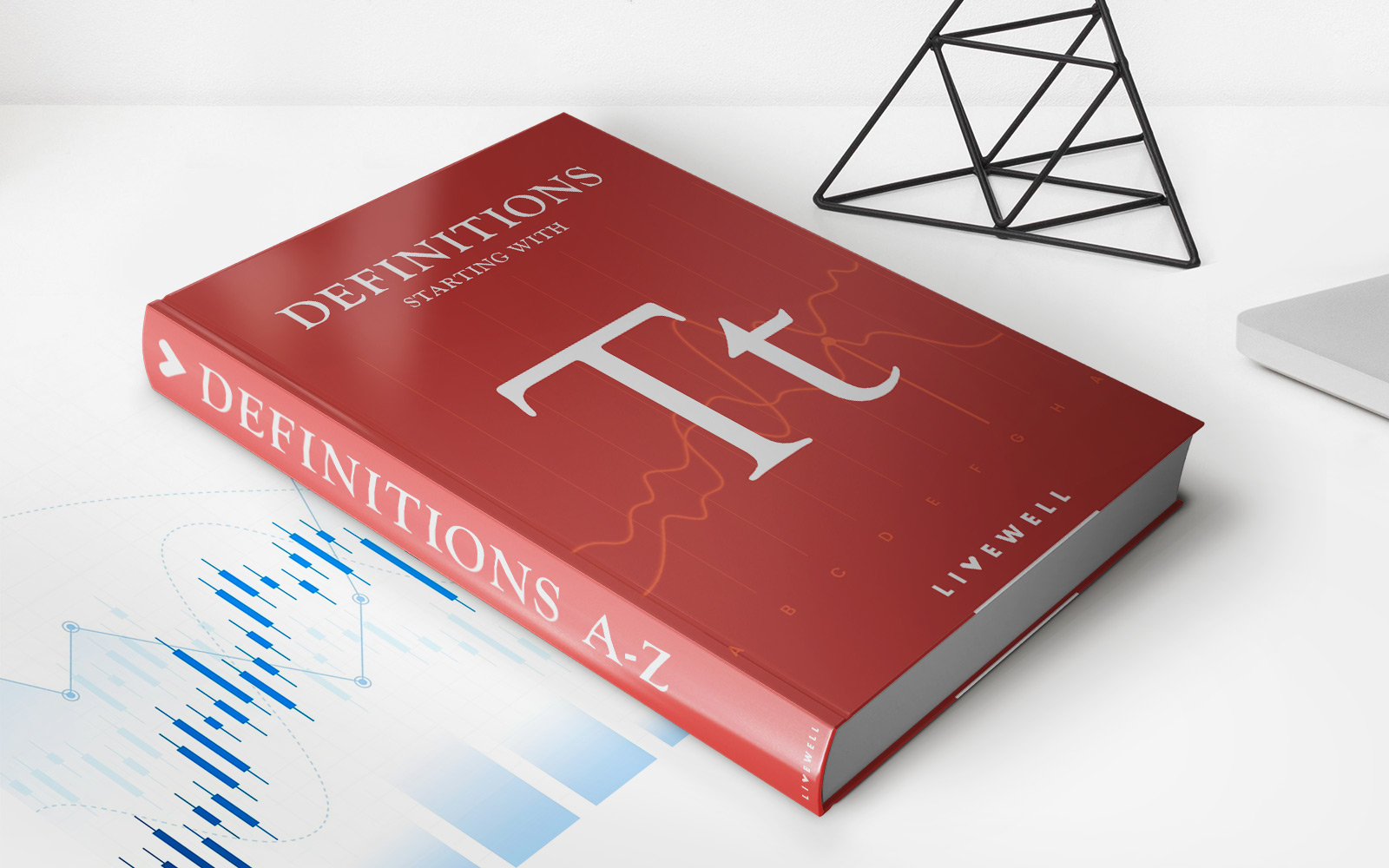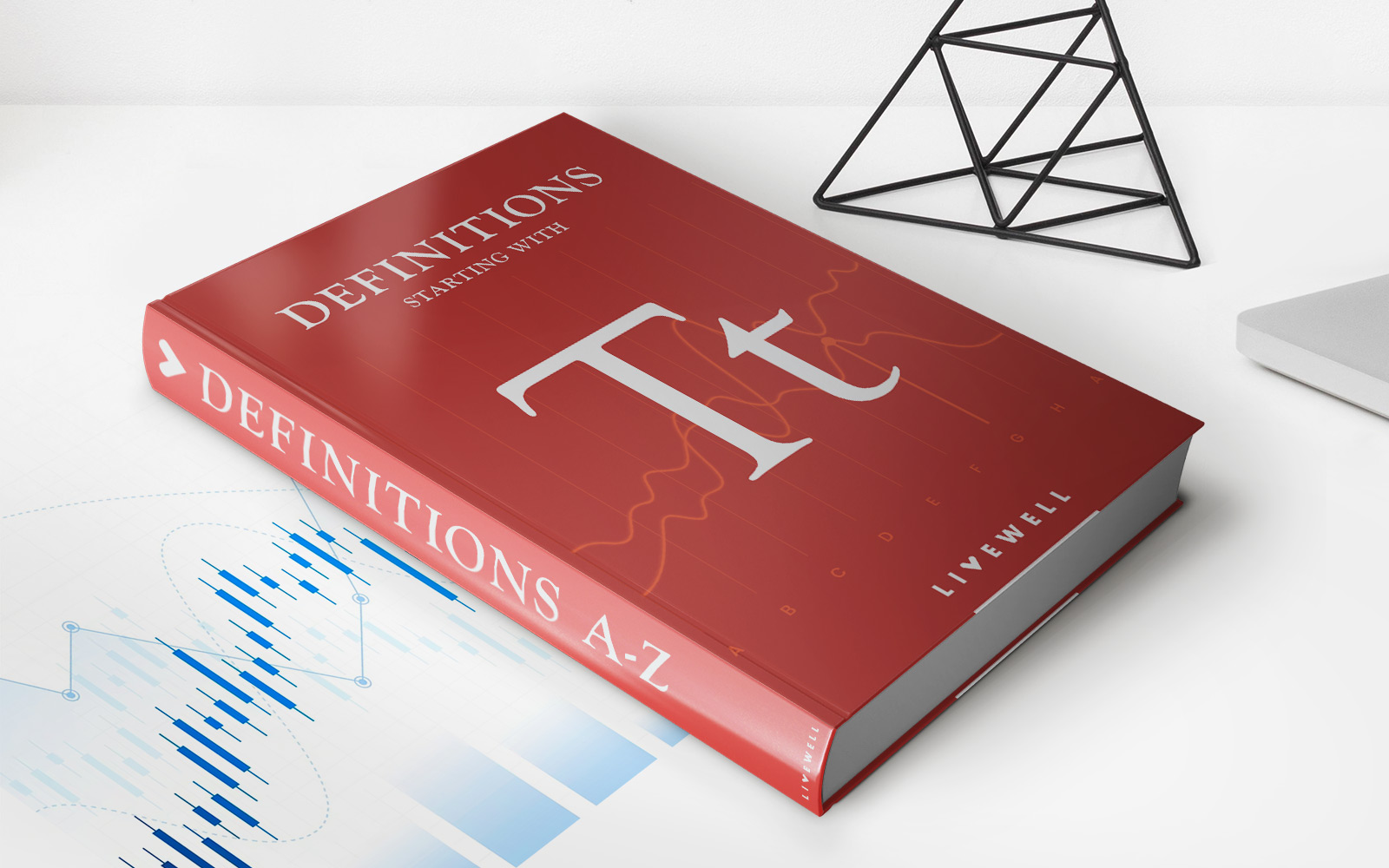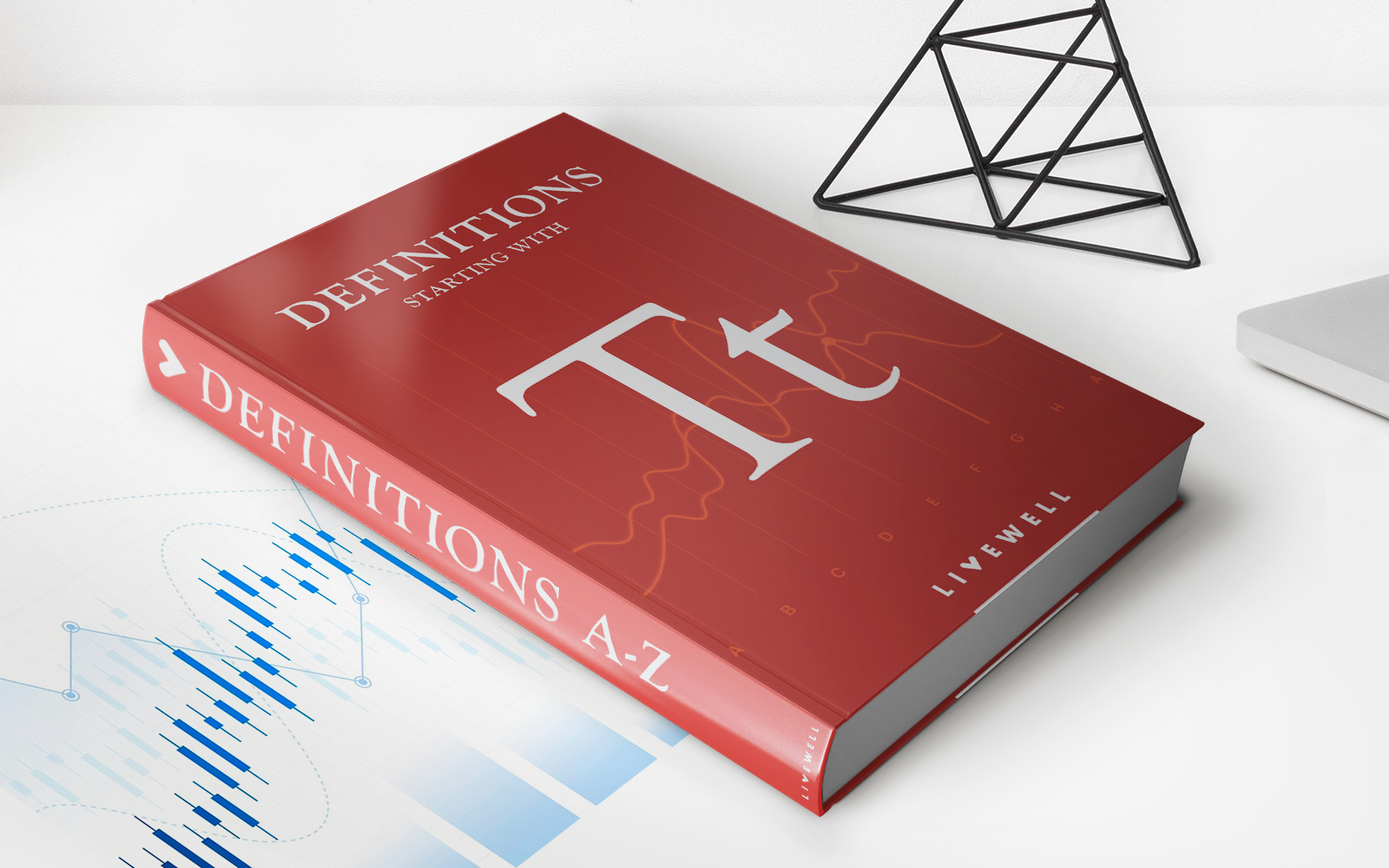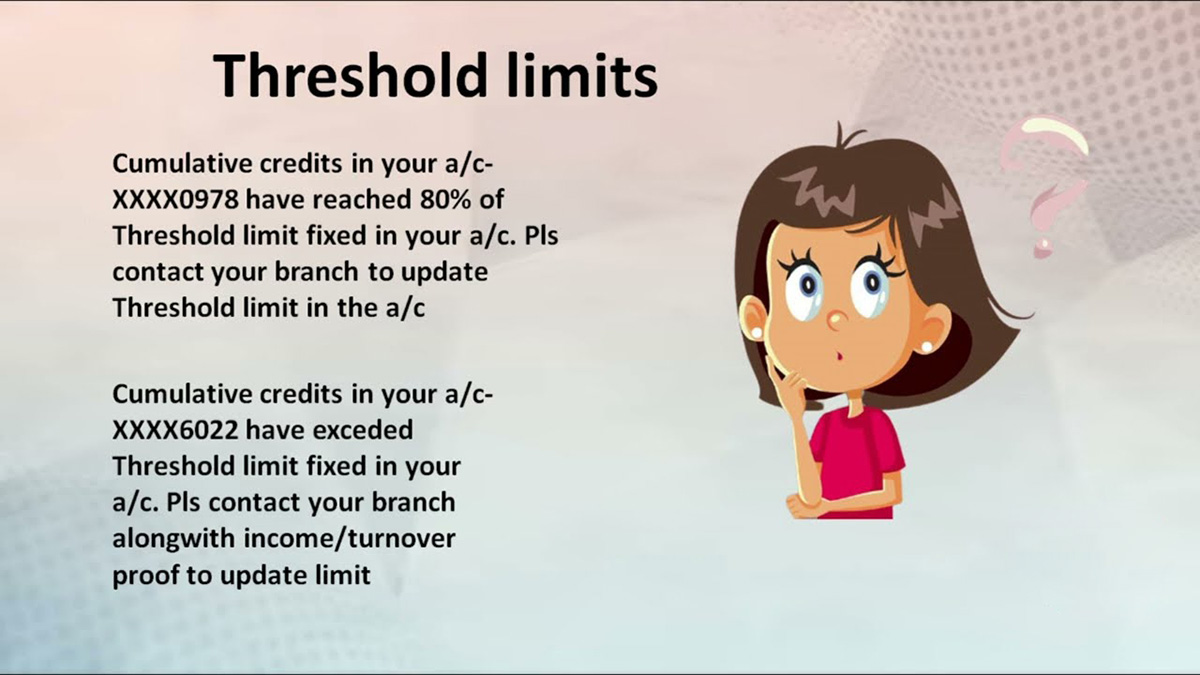Home>Finance>On-The-Run Treasuries: Definition And How They’re Traded


Finance
On-The-Run Treasuries: Definition And How They’re Traded
Published: January 3, 2024
Discover the definition and trading strategies for on-the-run treasuries in the world of finance. Learn how these bonds are traded and their importance in the global market.
(Many of the links in this article redirect to a specific reviewed product. Your purchase of these products through affiliate links helps to generate commission for LiveWell, at no extra cost. Learn more)
What are On-The-Run Treasuries?
When it comes to understanding the intricacies of the financial world, it’s important to be familiar with different types of securities and investments. One such example is On-The-Run Treasuries, which are a specific type of U.S. Treasury bond. But what exactly are On-The-Run Treasuries and how are they traded? Let’s delve into this topic to gain a better understanding:
Key Takeaways:
- On-The-Run Treasuries are the most recently issued U.S. Treasury bonds.
- They are actively traded and considered more liquid than Off-The-Run Treasuries.
The Definition of On-The-Run Treasuries
On-The-Run Treasuries refer to the most recently issued U.S. Treasury bonds. These bonds are considered to be “on the run” because they are the current benchmark securities in the market. This means that they are actively traded and represent the most up-to-date yield information.
On-The-Run Treasuries are issued by the U.S. Department of the Treasury to fund the government’s operations and are one of the safest investments available. They have a fixed interest rate and a maturity period ranging from one month to 30 years.
These bonds are auctioned off periodically to investors through primary dealer banks, where the market determines their yield. The demand for these bonds is usually high due to their perceived safety and liquidity.
How are On-The-Run Treasuries Traded?
On-The-Run Treasuries are actively traded in the secondary market after their initial issuance. Here’s a step-by-step breakdown of how they’re traded:
- Primary Dealers: Primary dealer banks such as large financial institutions participate in treasury auctions on behalf of themselves and their clients. These primary dealers serve as intermediaries between the Treasury Department and the investors.
- Initial Auction: The U.S. Treasury Department announces the issuance of new On-The-Run Treasuries and auctions them off to primary dealers based on competitive bids. The primary dealers then resell these bonds to the secondary market participants.
- Secondary Market: Once in the secondary market, On-The-Run Treasuries can be bought and sold by various participants, including individuals, institutional investors, and other market intermediaries. Trading can take place on electronic trading platforms or over-the-counter through dealers.
- Liquidity: On-The-Run Treasuries are considered more liquid than Off-The-Run Treasuries, as they have higher trading volumes and tighter bid-ask spreads. Their liquidity makes them attractive to investors who value the ability to buy or sell their investments quickly and at a fair price.
In Conclusion
On-The-Run Treasuries are an essential component of the U.S. Treasury bond market. As the most recently issued bonds, they provide investors with a benchmark for market performance and current yield information. Being actively traded and highly liquid, On-The-Run Treasuries offer opportunities for investors seeking both safety and liquidity in the financial markets.














